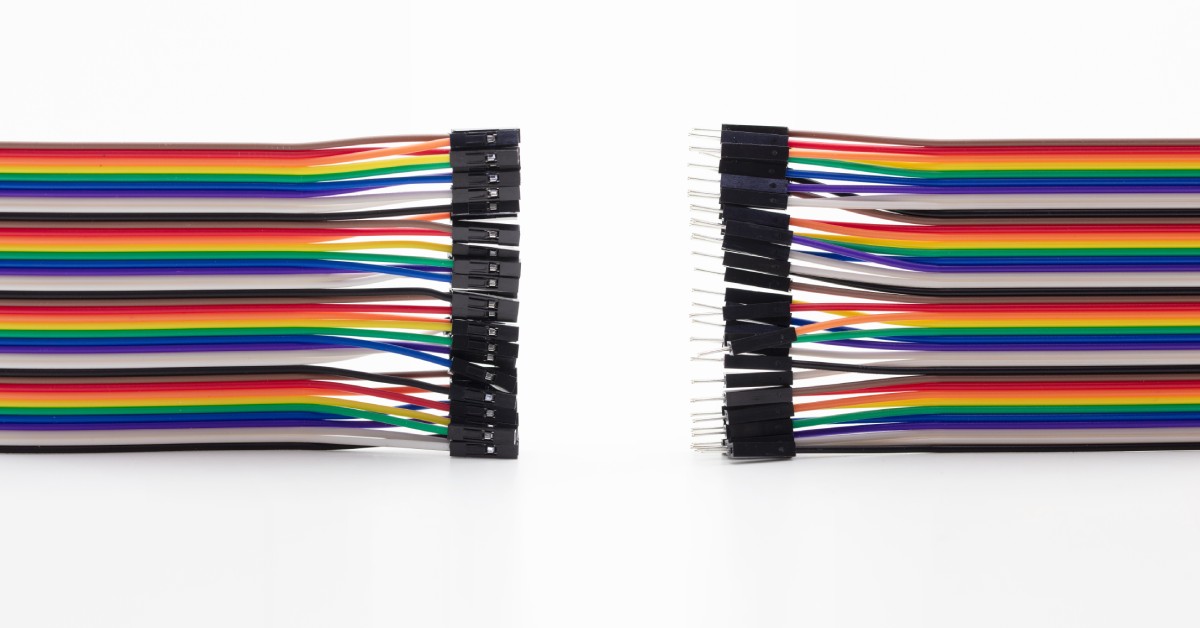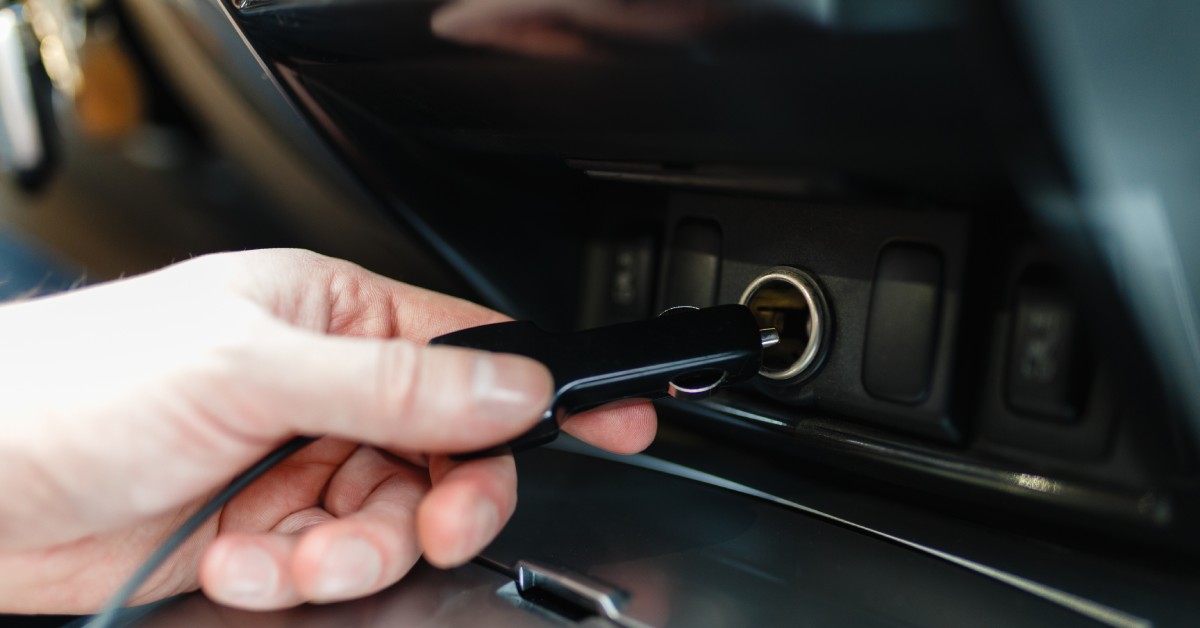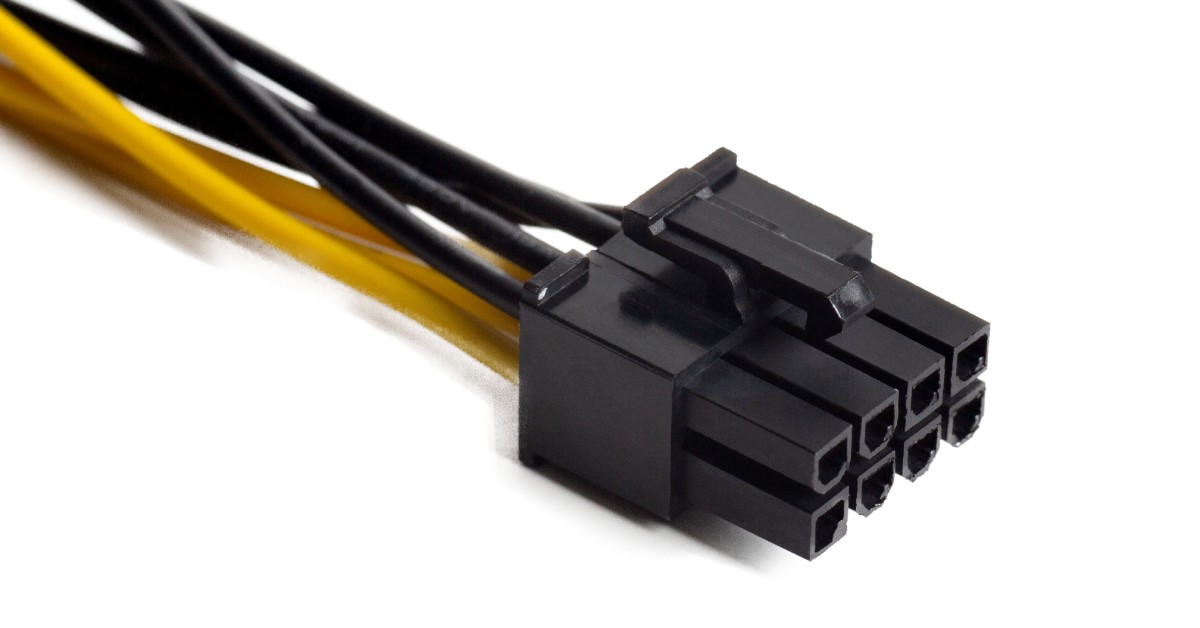Differences Between Male and Female Connectors
Differences Between Male and Female Connectors

Connectors ensure the seamless flow of electrical currents throughout a vehicle; without them, our cars wouldn’t work properly. These components often have two primary parts that fit together—a plug and a socket. Understanding the differences between male and female connectors is essential for anyone involved in vehicle maintenance or repair. Learn the differences between male and female connectors.
What Are Male Connectors?
Male connectors, called "plugs," provide a secure and stable connection between two wires. These connectors have a protruding pin that inserts into the corresponding female connector, creating an electrical circuit.
The size of a male connector can also vary depending on the application. They can range from small pins used in sensor connections to larger ones used in power distribution. Their primary function is to transmit electrical signals or power from one component to another.
Additionally, male connectors come in various shapes, depending on their specific function and the vehicle's make and model. For example, some male connectors are round, while others may be rectangular or triangular. Regardless of the shape, the male connector should fit into the corresponding female connectors, creating a stable electrical connection.
Uses for Male Connectors
Vehicles rely on male connectors for various applications, such as engine control modules, fuel injectors, and sensors. Critical safety systems like airbags and anti-lock braking systems (ABS) also use electric connectors.
What Are Female Connectors?
Female connectors, also referred to as "sockets," are the counterparts of male connectors. These connectors are typically larger and feature sockets or receptacles designed to receive the pins of male connectors. Plugging the male connector into the female forms an electrical circuit and allows for transmitting signals or power.
Physically, female connectors have a more substantial build than male connectors. They house the pins, providing a protective environment that prevents damage and ensures a consistent connection.
Like the plug, the socket can come in numerous shapes, including round, rectangular, and triangular. The female connector's shape will always align with the corresponding male connector to form a secure connection.
Uses for Female Connectors
Manufacturers use female connectors in various vehicle systems, including the engine, lighting, and audio systems, to correspond to the male connectors in these areas.
Primary Differences Between Male and Female Connectors
Now that we've defined both components, let's take a closer look at the differences between male and female connectors. One key difference between male and female connectors is their physical appearance. As explained, male connectors have protruding pins, while female connectors have sockets to receive the pins. Additionally, male connectors are typically smaller and more compact than female connectors since the plug must fit inside the sockets.
Another significant difference is their specific functions in vehicle systems. Both types of connectors transmit electrical signals or power through different means. Male connectors actively send signals or power from one component to another, while female connectors receive and hold these connections.
Pro Tip

If you plug a charger into a USB or cigarette lighter port in your car, the male connector is on the charger, while the female connector is in your vehicle's socket.
Vehicles Rely on Both
The combination of these connectors allows for the seamless transmission of electrical signals and power throughout the vehicle. Without these connectors, the vehicle's electrical systems would be prone to failure and inconsistency.
One primary reason for reliance on both types of connectors is their complementary design. The pins of the male connectors fit securely into the sockets of the female connectors, creating a stable and reliable connection. This design ensures the electrical current flows efficiently, reducing the risk of short circuits or disconnections.
An Example
In a vehicle's lighting system, the socket of a two-pin connector connects to the bulb's male pins. This connection allows electricity to be transmitted from the battery to the bulb, illuminating it.
Tips for Buying Male and Female Connectors
Male and female connectors play essential roles in vehicle systems, and buying the right ones is crucial for efficient operation. Here are some tips to keep in mind when purchasing these connectors:
- Know the specific connector type
- Evaluate the size of the connector
- Ensure the connectors are compatible with each other
- Check for the quality and durability of the connectors
Understanding the differences between male and female connectors in your vehicle can help you make informed decisions about purchasing or replacing these components.
Know the Type of Connectors You Need
When it comes to vehicle maintenance and repair, understanding the differences between male and female connectors is crucial. "Male" and "female" are just general terms and do not tell you the exact type of connector you need. The connectors used in a USB or a cigarette's lighter port will differ from those used in a vehicle's engine or lighting systems.
Pro Tip
If you're unsure of the type of plug and socket you need, read through your vehicle's manual or contact a connector manufacturer directly. Doing so will ensure you get the right connectors for your vehicle's specific systems, avoiding potential issues.
Evaluate the Size of Each Connector
The male connector will always be smaller than the female, as it must fit inside. This means other aspects, such as the shape of both connectors, must also align.
Ensure They're Compatible
When purchasing male and female connectors, it's crucial to ensure they are compatible. A male connector will not work without the corresponding female connector, and vice versa. This compatibility ensures a stable and reliable connection, reducing the risk of failures or malfunctions in your vehicle's systems.
Shop for Quality and Durability

Check for the quality and durability of the connectors you are purchasing. This is especially important if you are buying aftermarket connectors or replacements. Look for reputable brands and read reviews from other customers to ensure you get a reliable product.
Moreover, ensure the connectors are made from high-quality materials and have proper insulation to prevent damage or corrosion. Reliable connectors are essential for maintaining the overall performance of your vehicle's electrical systems.
Pro Tip
Only purchase OEM automotive connectors to ensure the best fit and compatibility with your vehicle's systems.
Order Your Connectors
Understanding the differences between male and female connectors is vital for anyone involved in vehicle maintenance or repair. These connectors play critical roles in ensuring the seamless flow of electrical currents throughout a vehicle.
The professionals at Connector Experts have in-depth knowledge of these components and can provide recommendations based on your specific needs. We have thousands of connectors in stock, and our team is always ready to help you find the right ones for your vehicle.

You must login to post comments.